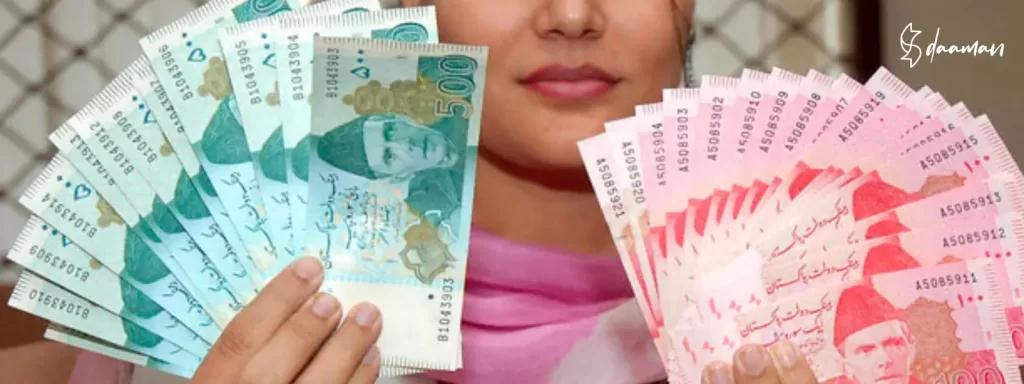Unmasking Acne: Understanding the Multifaceted Causes Beyond Skin Deep
People of all ages are susceptible to acne, a widespread skin problem that is frequently more than just a cosmetic issue. Although acne’s surface symptoms are obvious, the underlying causes can be numerous and intricate. This article seeks to explore the many causes of acne, offering a comprehensive explanation of the elements that contribute to this common skin problem. These causes range from hormone imbalances to intestinal health, using the improper components in skincare products, and even certain medical diseases. Image Source: Freepik.com Hormone Distortion Unbalances in hormone levels can lead to breakouts of acne, which is important for the health of the skin. Excess oil production occurs throughout puberty as a result of sebaceous gland stimulation brought on by elevated androgen levels. Acne can also be caused by hormonal changes that occur during menstruation, pregnancy, and menopause. Acne can thrive in an environment where hormonal imbalances are made worse by conditions like polycystic ovarian syndrome (PCOS). 2. Acne and PCOS Androgen excess is common in PCOS-affected women, which can lead to insulin resistance and other hormonal abnormalities. These elements may contribute to an environment that is favourable to the development of acne by raising sebum production and causing irritation. 3. Gut Health Is Important Dermatologists are beginning to recognise the relationship between the stomach and the skin, as evidenced by research indicating that imbalances in gut flora may be a factor in skin problems such as acne. Inflammation brought on by poor gut health might cause skin issues. Skin health may benefit from eating a gut-friendly diet high in probiotics and prebiotics. 4. Cracked Skin Barriers The barrier function of the skin is essential for both staying hydrated and defending against outside aggressors. The integrity of the skin barrier can be compromised by damage to it, which is frequently brought on by rigorous skincare regimens or external circumstances. Acne is a result of the skin being more vulnerable to bacterial invasion when the barrier is damaged. 5. Incorrect Components in Skincare Products The incorrect components may exacerbate acne, and not all skincare products are made equal. Exfoliants that are too abrasive, harsh chemicals, or comedogenic compounds can aggravate acne by irritating the skin. Preventing negative responses requires knowing one’s skin type and selecting products that are tailored to individual requirements. 6. Essential Oils: A Two-Sided Blade While essential oils are highly praised for their many health advantages, some may cause issues for skin that is prone to acne. Some essential oils, such as lavender and coconut oils, may have comedogenic qualities, which might clog pores and result in acne. Unwanted outbreaks can be avoided by using non-comedogenic oils and patch testing new products. 7. Nutritional Elements Skin health is greatly influenced by diet, and some foods might exacerbate the onset of acne. diets with a strong inflammatory potential, dairy products, and high-glycemic diets can all make acne worse. Skin health may be significantly impacted by eating a diet rich in nutrients and well-balanced. 8. Lifestyle and Stress Factors Stress has the potential to upset the hormonal balance and exacerbate breakouts of acne. Skin health can also be impacted by lifestyle factors such as insufficient water, poor food choices, and sleep deprivation. Preventing acne may be made easier by implementing stress-reduction strategies and making a healthy lifestyle a priority. Image Source : Freepik.com Even while acne is sometimes seen as a common but surface-level issue, it is closely related to a number of issues that go far deeper than that. Acne has several causes, ranging from hormone imbalances and intestinal health to using the wrong skincare products, essential oils, and lifestyle decisions. Developing effective preventative and treatment techniques requires an awareness of these many causes. To have healthier, more radiant skin and improve general wellbeing, a comprehensive strategy that takes into account both internal and external variables is essential.
Unmasking Acne: Understanding the Multifaceted Causes Beyond Skin Deep Read More »









